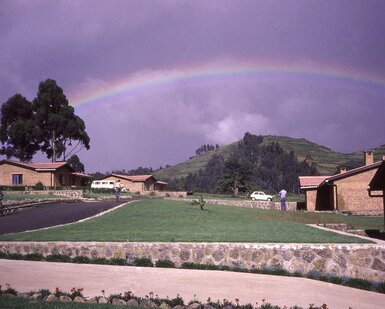Please type a search term (at least two characters)
News
Optical clock comparison shows new high accuracy, resulting in a Nature paper

A recently completed EMPIR project confirms unprecedented ultra-low deviation between two independent single-ion optical clocks
The project 'Optical clocks with 1E-18 uncertainty' (15SIB03, OC18) compared two optical clocks, based on single ytterbium ions, for more than 1000 hours. The relative deviation between the "tick" rates of the clocks was found to be less than 3×10-18, in agreement with the previously estimated accuracy. This means that after approximately ten billion years these clocks would deviate from each other by one second.
The current definition of the SI second is based on energy levels in the caesium-133 atom, and the best atomic clocks that realise this definition achieve uncertainties in the range of 2×10-16. Even though this accuracy is far superior to that of all the other SI units, it needs to be improved further in order to address many of the scientific challenges emerging in modern physics.
One of those challenges is at the focus of a Nature publication that reports the ytterbium clock comparison experiment in the EMPIR project.
This new measurement not only has implications on plans to redefine the SI second but will also aid those working in fields where such very high accuracy is needed – including satellite navigation, geodetic height measurement, radio astronomy, and in some exciting quests into fundamental physics.
This EMPIR project is co-funded by the European Union's Horizon 2020 research and innovation programme and the EMPIR Participating States.
Want to hear more about EURAMET?
Sign up for EURAMET newsletters and other information
Follow us on LinkedIn and Twitter
Carbon dioxide, released from man-made activities, is lowering the pH of the Earth’s oceans, and impacting the health of marine organisms worldwide more
Supporting automated and reconfigurable manufacturing systems more
Working with external project Cool White to test and suggest improvements on the locally available white paints more
The project FutureEnergy has provided new calibration services for ultra-high voltages and a good practice guide on Lightning Impulse dividers more
For many of the 5000 photonics companies in Europe a precise knowledge of a material’s optical properties is vital for industrial competitiveness more





